-
- PCB TYPE
- PRINTED CIRCUIT BOARD PROTOTYPE ALUMINUM PRINTED CIRCUIT BOARD R&F PCB FPC HIGH FREQUENCY PCB HIGH-TG PCB HEAVY COPPER PCB HDI PCB PCB FOR LIGHTING METAL CORE PCB
time:Jul 18. 2025, 09:25:33
Aluminum printed circuit boards (PCBs) have transcended their traditional role as thermal management solutions to become versatile platforms enabling innovation across electronics. As demand for high-power, compact, and durable devices grows, aluminum PCBs have evolved through material diversification, advanced manufacturing, and application expansion. This article explores the current landscape of aluminum PCBs, focusing on material innovations beyond standard alloys, emerging use cases in specialized industries, sustainable manufacturing practices, and design strategies that maximize their unique advantages.
Material Evolution: Beyond Traditional Aluminum Alloys
Advanced Alloy Formulations
Modern aluminum PCBs leverage engineered alloys tailored for specific performance needs:
Scandium-Enhanced Alloys: These next-generation 7xxx series alloys integrate scandium to boost tensile strength by 20–30% while maintaining thermal conductivity above conventional aluminum. Ideal for aerospace electronics, they withstand extreme vibration and temperature fluctuations without compromising heat dissipation.
Corrosion-Resistant Composites: Aluminum-magnesium (5xxx series) alloys with chromium-rich surface treatments resist saltwater and chemical exposure, making them suitable for marine sensors, offshore renewable energy systems, and industrial chemical processing equipment.
Thermally Anisotropic Alloys: Through controlled grain orientation during casting, these alloys conduct heat preferentially along one axis, directing thermal energy away from sensitive components in asymmetric designs like LED video walls and power inverters.
These alloys are complemented by advanced surface modifications, such as plasma electrolytic oxidation (PEO), which creates a ceramic-like layer that enhances dielectric adhesion and abrasion resistance.
Dielectric Layer Innovations for Multi-Functionality
Dielectric materials in aluminum PCBs now serve dual roles beyond insulation:
Flexible Dielectrics: Silicone-polyimide blends enable aluminum PCBs to bend repeatedly (up to 100,000 cycles) without delamination, opening applications in wearable health monitors and flexible solar panels. These dielectrics maintain thermal conductivity while accommodating mechanical stress.
Fire-Retardant Formulations: Halogen-free dielectrics with phosphorus-based additives achieve UL 94 V-0 flammability ratings, critical for automotive and aerospace applications where fire safety is paramount.
Low-Loss Composites: For high-frequency electronics (e.g., 6G prototypes), ceramic-filled dielectrics minimize signal attenuation, ensuring stable performance in radar and communication systems without sacrificing thermal transfer.
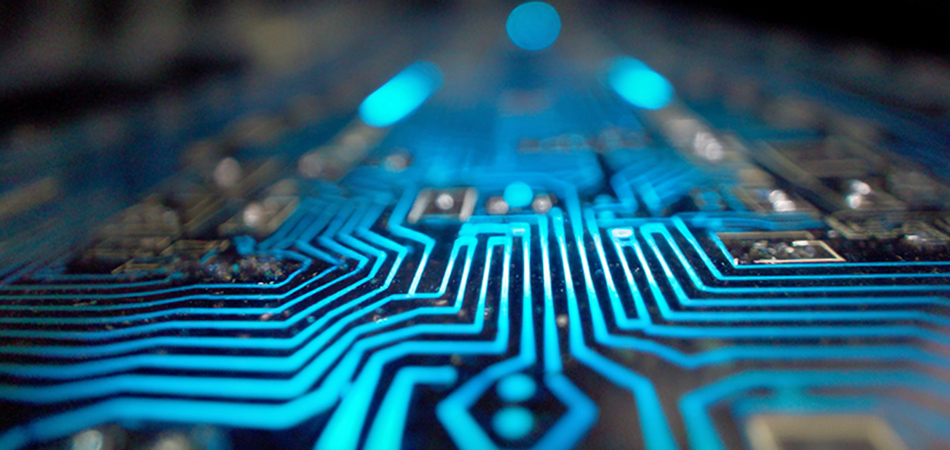
Emerging Applications Expanding Aluminum PCB Adoption
Extreme Environment Electronics
Aluminum PCBs excel in harsh operating conditions:
Deep-Sea Exploration: Pressure-resistant aluminum PCBs with reinforced dielectric layers power underwater sensors and submersible communication systems, withstanding depths exceeding 1,000 meters where traditional PCBs fail due to water ingress and pressure-induced stress.
Space and Aerospace: Lightweight aluminum substrates reduce satellite payload weight while dissipating heat from onboard computers and communication modules. Their resistance to cosmic radiation makes them ideal for long-duration missions.
Geothermal and Mining Equipment: High-temperature aluminum PCBs (operating up to 180°C) control drilling sensors and power distribution in geothermal plants, resisting thermal degradation from continuous exposure to hot fluids.
Next-Gen Computing and Energy Systems
Aluminum PCBs enable breakthroughs in high-performance electronics:
Quantum Computing Cooling: Low-thermal-resistance aluminum substrates with integrated microchannels support cryogenic cooling systems, maintaining stable temperatures for quantum qubits operating near absolute zero.
Hydrogen Fuel Cell Controllers: Corrosion-resistant aluminum PCBs manage power distribution in fuel cell stacks, withstanding hydrogen’s reducing environment while dissipating heat from high-current converters.
AI Server Thermal Management: Dense aluminum PCB arrays in data centers distribute heat from high-power GPUs, reducing reliance on energy-intensive liquid cooling and lowering operational costs.
Biomedical and Wearable Technology
Aluminum PCBs are transforming healthcare electronics:
Flexible Medical Sensors: Bendable aluminum PCBs with biocompatible coatings (e.g., parylene) integrate into wearable ECG monitors and glucose sensors, conforming to skin while dissipating heat from active components.
Portable Diagnostic Devices: Lightweight aluminum substrates power handheld imaging tools and lab-on-a-chip systems, balancing durability with thermal efficiency to ensure accurate readings in field settings.
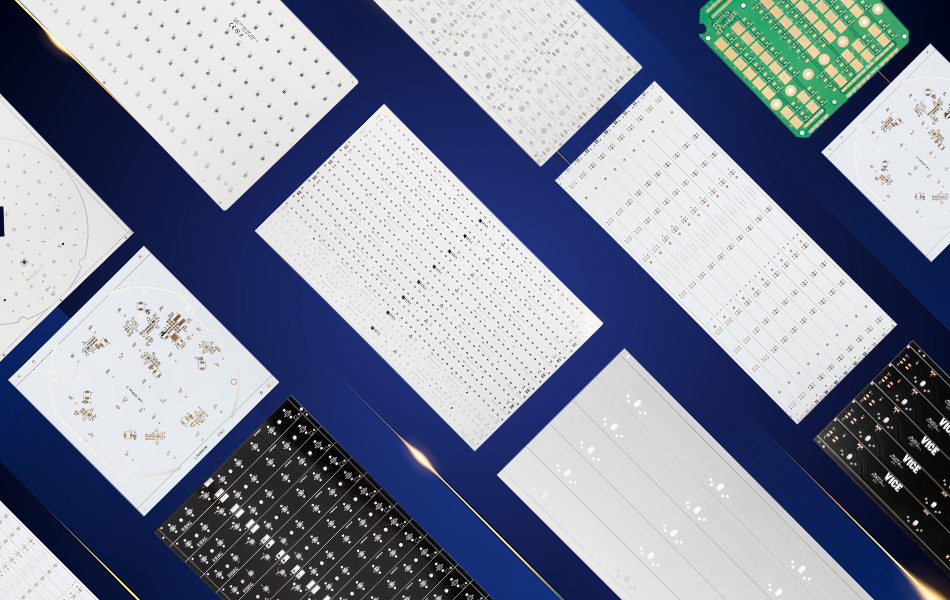
Sustainable Manufacturing Practices in Aluminum PCB Production
Circular Material Economies
Manufacturers are prioritizing sustainability through closed-loop systems:
Recycled Aluminum Integration: Post-industrial aluminum scrap (from machining and fabrication) is reprocessed into PCB substrates, retaining 95% of the original material’s thermal and mechanical properties while reducing raw material extraction by 40%.
Dielectric Recycling: Waste dielectric materials are pulverized and reused as fillers in new composites, diverting 20+ tons of waste annually from landfills in large-scale production facilities.
Component Recovery: End-of-life aluminum PCBs undergo automated disassembly to recover copper traces and aluminum substrates, with recovered metals feeding back into the manufacturing cycle.
Low-Carbon Production Processes
Energy-efficient manufacturing reduces environmental impact:
Solar-Powered Facilities: Major producers now power 60% of aluminum PCB production with on-site solar arrays, cutting carbon emissions by 35% compared to fossil fuel-dependent facilities.
Cold Sintering Technology: Room-temperature dielectric bonding eliminates energy-intensive thermal curing, reducing production energy use by 50% while maintaining bond strength.
Waterless Processing: Plasma etching replaces traditional wet chemical etching, eliminating wastewater generation and reducing reliance on hazardous chemicals.
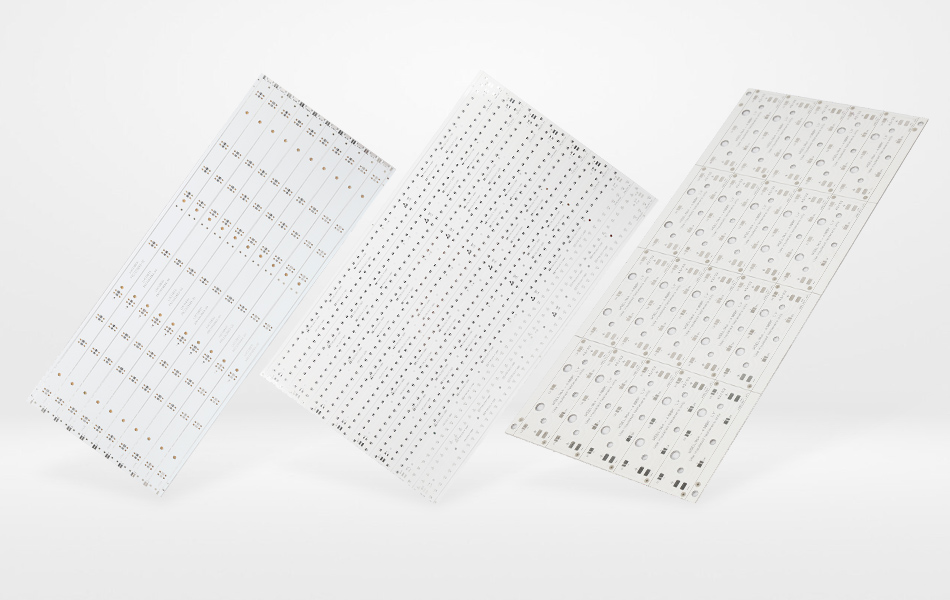
Design and Manufacturing Innovations Enhancing Performance
Additive Manufacturing for Complex Geometries
3D printing is revolutionizing aluminum PCB design:
Lattice-Core Structures: 3D-printed aluminum cores with porous geometries reduce weight by 30% while maintaining thermal conductivity, ideal for drone and aerospace electronics where every gram matters.
Embedded Cooling Channels: Directly printed microchannels within aluminum substrates enable targeted liquid cooling, critical for high-power devices like laser diodes and industrial motor controllers.
Hybrid Printing: Combining aluminum deposition with dielectric 3D printing creates multi-layer PCBs in a single process, eliminating traditional lamination steps and reducing production time by 40%.
Smart Quality Control and Testing
AI-driven technologies ensure reliability:
Thermal Imaging Inspection: Infrared cameras paired with machine learning algorithms detect sub-surface defects in dielectric layers, identifying potential delamination points before they impact performance.
Predictive Thermal Modeling: Digital twins simulate heat distribution across aluminum PCBs under varying operating conditions, optimizing component placement and dielectric thickness for maximum efficiency.
Automated Optical Inspection (AOI): High-resolution cameras check for solder defects and copper trace integrity, ensuring consistency in high-volume production without human error.
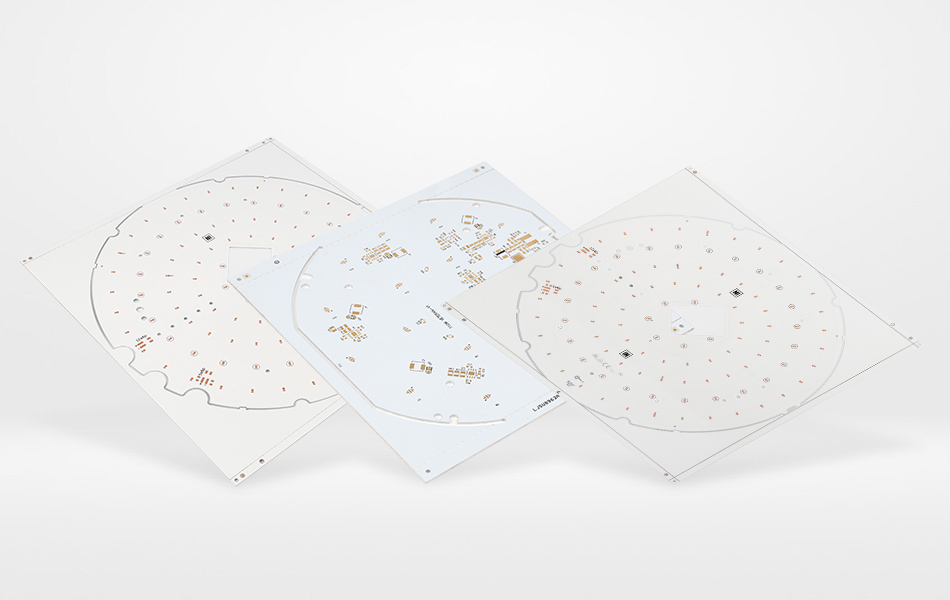
Future Trends Shaping Aluminum PCB Development
Material Integration and Multi-Functionality
Research focuses on combining properties for enhanced utility:
Self-Healing Dielectrics: Microcapsule-filled layers release healing agents when cracks form, extending PCB lifespan in vibration-prone applications like construction equipment and automotive drivetrains.
Energy-Harvesting Substrates: Aluminum PCBs with integrated thermoelectric generators convert waste heat into electricity, powering low-energy sensors in industrial and IoT systems.
Industry Collaboration and Standardization
Growing demand drives ecosystem advancements:
Cross-Industry Partnerships: PCB manufacturers, material suppliers, and electronics OEMs collaborate to develop application-specific aluminum PCB standards, accelerating adoption in emerging sectors like hydrogen energy and quantum computing.
Digital Design Platforms: Cloud-based tools with aluminum PCB-specific libraries enable engineers to simulate thermal and mechanical performance early in the design cycle, reducing prototyping costs and time-to-market.
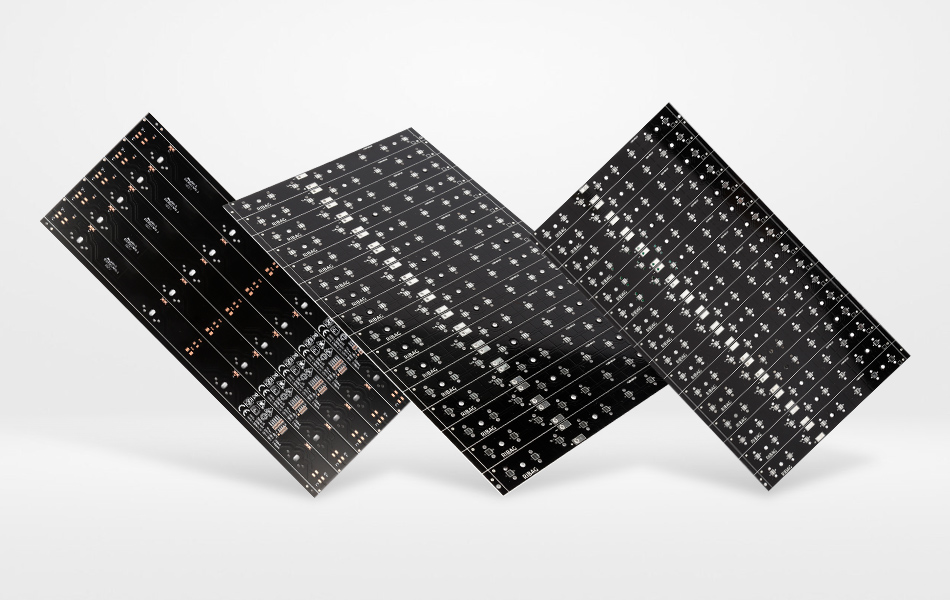
Conclusion
Aluminum PCBs have evolved from niche thermal solutions to foundational components across industries, driven by material innovation, sustainable manufacturing, and expanding application diversity. Their unique combination of thermal efficiency, mechanical durability, and design flexibility makes them indispensable in extreme environments, next-gen computing, and sustainable energy systems. As manufacturers continue to refine materials, adopt green production practices, and embrace additive manufacturing, aluminum PCBs will play an increasingly critical role in enabling the high-performance, energy-efficient electronics of the future. For engineers and designers, understanding these advancements is key to leveraging aluminum PCBs’ full potential in creating the next generation of innovative devices.

Got project ready to assembly? Contact us: info@apollopcb.com



We're not around but we still want to hear from you! Leave us a note:

Leave Message to APOLLOPCB
